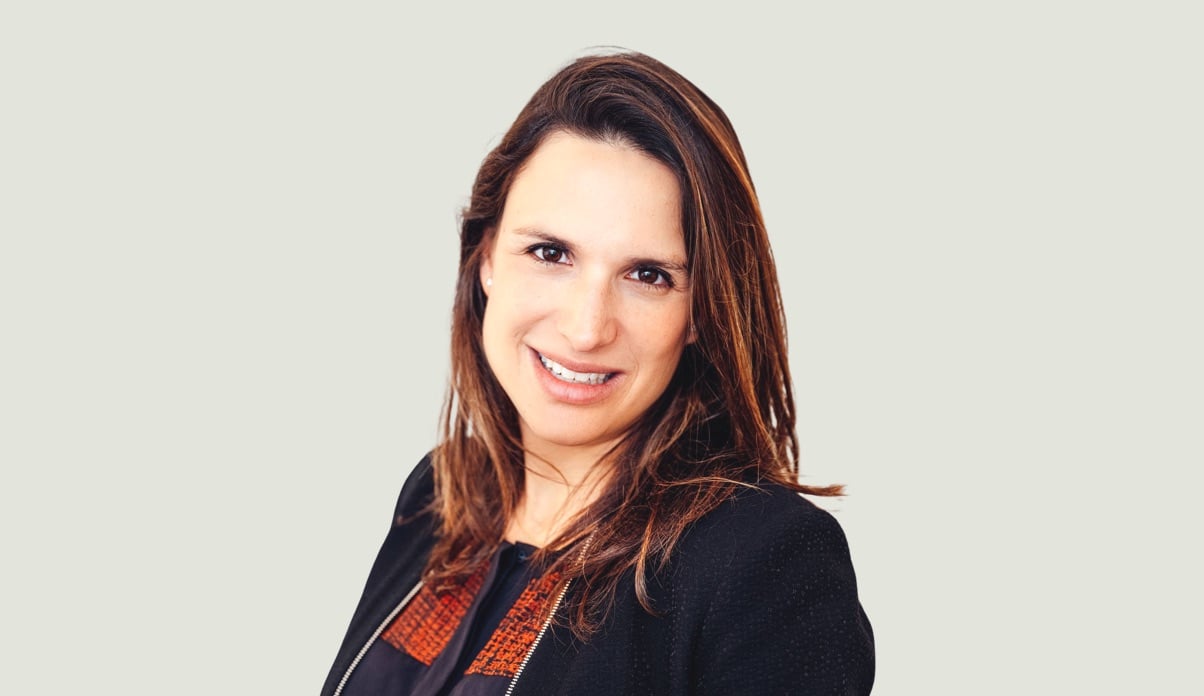What role do bones play in our body?
Bones are our body’s scaffolding and they allow us to move. They also protect other organs (consider your rib cage) and act as a mineral store, particularly for calcium and phosphorous.[i]
How do bones become fragile?
In order to do all of the above, bones need to be dense, strong and flexible. The all important process which constantly takes place in bones and which enables them to have these characteristics, is ‘remodelling.’ New bone tissue is constantly being formed to replace old bone tissue. The older bone tissue is destroyed in a process called resorption, which releases minerals like calcium into the body to be used elsewhere. If there is too little bone formation or too much bone resorption, there will be an overall loss of bone mass, which can make the bone fragile and more likely to break. This is what causes the diseases osteopenia and osteoporosis, which typically manifest in later life.

The graph below[ii] is really helpful in understanding what happens to bone density over time. Bone density increases rapidly as bones grow in childhood, then with the addition of more oestrogen and testosterone in puberty, we achieve our peak bone mass by 25-30 years old. Bone mass then declines gradually thereafter with an acceleration for women after the menopause for a period of 5-10 years. The age when osteoporosis develops depends on two factors: peak bone mass achieved and rate of bone loss[iii].

What is the difference between Osteopenia and osteoporosis?
Both are conditions involving loss of bone density and they are the commonest disease of bone. Osteopenia is a milder form of osteoporosis where you have low bone density but it is not low enough to meet the diagnostic threshold for osteoporosis. Once diagnosed with osteoporosis, your loss of bone density puts you at risk of ‘fragility fractures’ where you can fracture your bones from just a minor accident, such as a slip. The commonest bones to fracture are those of the wrist, hip and spine.
What are the symptoms of Osteopenia/osteoporosis?
You won’t have symptoms of the condition unless you break a bone. Unfortunately, sometimes, a broken vertebral bone in your spine can cause long-term pain or if there are multiple vertebral fractures, this may cause you to have a bent over posture. This can lead to pain, increased risk of falls and increased risk of chest infections due to poor lung ventilation.
How common is osteoporosis?
In England and Wales, there are more than 2 million women who have osteoporosis. More than one in three women and one in five men will suffer an osteoporotic (fragility) fracture in their lifetime. The prevalence increases significantly with age.[iv]
How can young people build strong bones?
Peak bone mass depends primarily on genetic factors, nutrition (particularly calcium and vitamin D), hormone levels (oestrogens and androgens) and also how much weight-bearing exercise has been done to ‘load the bones’ in adolescent years[v]. If your child is a serious swimmer or cyclist, then this it is important to consider if they are getting enough weight-bearing exercise as well.
We must also consider the effect of excessive exercise, low weight and eating disorders on bone health- this will reduce energy availability, which in turn reduces bone mineral density and can reduce peak bone mass.
In addition, if training for sporting events, it is important that they train smartly by building up exercise gradually, so as not to overload joints. In youngsters, a combination of reduced bone density and bone overload can occasionally cause stress fractures.
How can I reduce my chance of an osteoporotic bone fracture as I age?
Your risk of a bone fracture is determined by your bone mineral density, bone quality, risk of falls and other risk factors.
If you have risk factors for developing osteoporosis or have been diagnosed with osteopenia or osteoporosis, the following actions are strongly advised and, if done well, can sometimes reverse the process:
- Continue to load your bones with weight-bearing exercise. If you have muscle or joint issues which prevent you taking part in sports or going to the gym, then if you are able, make sure you are getting a good number of steps in a day and use light weights. Dancing, doubles tennis and mowing the lawn can all achieve similar. For strength, you could also regularly carry the groceries and/or do gardening. There are some excellent physiotherapists we can recommend who can help set up a weekly programme of high intensity resistance training and impact loading.[vi]
2. Avoid overloading bones by ensuring you are doing the right sort of exercise for you- sometimes the biomechanics of our bodies or poor previous fitness can predispose to this. If you have concerns, then seeing a good physiotherapist for a full musculoskeletal assessment can be extremely beneficial.
3.Consume adequate amounts of calcium and vitamin D
a) Our daily calcium requirement is 700mg. Most people get this in a well-rounded diet but if you are concerned you don’t, due to dietary restrictions, speak to us for a blood test and consider using this calcium calculator:
CALCIUM – Calcium Calculator | International Osteoporosis Foundation
b) For the body to utilise calcium, our vitamin D stores need to be replete. The majority of people in the UK do not get enough vitamin D due to a lack of sunshine. A supplement of 800iu daily is adequate for most people and is especially encouraged from October to April in the UK. Some people who are found to be vitamin D deficient in blood tests, are advised to take more. If you have trouble forgetting to take a daily tablet, we can discuss a higher dose prescription that you can take less frequently.
4. Reduce your risk of falls by ensuring you have good balance, a strong core (stability) and good muscle strength. Seeing a physiotherapist and/or having a good personal trainer to help with this, can be hugely helpful. Also, don’t forget the importance of hearing, vision, supportive shoes and a safe home environment.
5. Do not smoke or drink more than 3 units of alcohol a day
What factors increase the risk of an osteoporotic fracture?
- Genetic abnormalities
- Being underweight or having an eating disorder
- Gastro-intestinal issues causing nutrient absorption issues such as Chron’s disease, ulcerative colitis, coeliac disease
- A number of medical conditions such as: rheumatoid arthritis, type 1 diabetes, chronic kidney or liver failure, untreated hyperthyroidism and hyperparathyroidism (amongst others)
- Hormones- menopause (amongst others)
- Medications- the biggest culprits are long term oral steroids (but there are many other medications which can also affect density, including chemotherapy agents)
How is osteoporosis diagnosed?
At our medicals, we will screen you for risk factors of osteoporosis, which may arise as part of your lifestyle, medical diagnoses, medications or family history. This is most important when you reach 50 years-old but we will consider assessing patients younger than this with certain risk factors.
We enter your details into a clinical algorithm and refer you for a bone scan, called a dexa scan, which uses x-rays, to measure your bone density. A dexa scan has only 1/10th of the radiation of a chest x-ray (or 1/10th the radiation you receive on a flight to Spain!). The clinical algorithm score and your bone density measurement both contribute to a final risk score for both developing osteoporosis and a fragility fracture over the next 10 years. We are then guided to recommend either healthy lifestyle, treatment with medications, or specialist referral for help with treatment.
It is important to add that experts in the field of bone health have become aware that there are other features of bone apart from bone density, which make bone more likely to fracture. Novel diagnostic methods, such as special types of ultrasound, are able to determine bone quality as well as bone density and may well be a promising advent to the field.[vii]
What treatments are available for osteoporosis?
The commonest medications given to treat osteoporosis are called bisphosphonates and they work to prevent bone resorption (bone tissue loss). We commonly start people on a once weekly oral bisphosphonate, called alendronate, and patients are usually advised to continue on it for several years before we re-scan their bones to see if they still need to continue them.
Hormonal replacement therapy (HRT) is an effective treatment for osteoporosis if you also have menopausal symptoms and are under 60 years old.
If patients cannot tolerate the side effects of the previously mentioned medications or they are not working, we would refer you to a rheumatologist to consider other treatment options. Other options may include: an intravenous bisphosphonate given annually or a monoclonal antibody (called denosumab or prolia) or a synthetic parathyroid hormone drug (teriparatide) which promotes bone formation. All of these medications come with risks and benefits that, of course, we GPs or the rheumatologist would discuss with you before commencing them.
Why does bone health matter?
Bone health is a critical yet often overlooked aspect of overall well-being. By understanding how bones function, recognising the risk factors for conditions like osteoporosis, and adopting proactive lifestyle changes, you can maintain strong bones and reduce the risk of fractures.
If you’re concerned about your bone health or that of a loved one, book an appointment to discuss risk factors, screening options, and preventive strategies. Your bones play a vital role in your quality of life—take the steps to ensure their strength for the future.
To book an appointment online click here or call us on 0207 245 3999.
References
[i] The Basics of Bone in Health and Disease – Bone Health and Osteoporosis – NCBI Bookshelf
[ii]Bone_mineral_density_in_people_living_with_HIV_A_narrative_review_of_the_literature. July 2017 AIDS Research and Therapy 14(1)
[iii] Causes | Background information | Osteoporosis – prevention of fragility fractures | CKS | NICE
[iv] Prevalence | Background information | Osteoporosis – prevention of fragility fractures | CKS | NICE
[v] Causes | Background information | Osteoporosis – prevention of fragility fractures | CKS | NICE
[vi] Steven L Watson, Benjamin K Weeks, Lisa J Weis, Amy T Harding, Sean A Horan, Belinda R Beck, High‐Intensity Resistance and Impact Training Improves Bone Mineral Density and Physical Function in Postmenopausal Women With Osteopenia and Osteoporosis: The LIFTMOR Randomized Controlled Trial, Journal of Bone and Mineral Research, Volume 33, Issue 2, 1 February 2018, Pages 211–220, https://doi.org/10.1002/jbmr.3284
[vii] Radiofrequency Echographic Multi Spectrometry (REMS) for the diagnosis of osteoporosis in a European multicenter clinical context. AUCortet B, Dennison E, Diez-Perez A, Locquet M, Muratore M, Nogués X, Ovejero Crespo D, Quarta E, Brandi ML SOBone. 2021;143:115786. Epub 2020 Dec 2.
About the author

MBBS MA (Oxon) MRCGP DRCOG
“There’s nothing quite as rewarding as hearing you have really helped someone who has been struggling for some time”.
I am a generalist and proud. Healthcare is so much broader than just disease and the symptoms presented, and I believe it’s my holistic multi- disciplinary approach that helps me to help patients most. Getting to know patients and what motivates them are key to supporting them to lead a healthy lifestyle.
I have a specialist interest in women’s health, hold a diploma in Obstetrics and Gynaecology, and have taught private antenatal classes. I enjoy all aspects of Adult Medicine and have gained plenty of experience in paediatrics through my time at the Sloane Street Surgery. Mental Health awareness is so important too. I’ve always been fascinated by the human mind, and it’s rewarding to make real progress through the therapeutic relationship.



